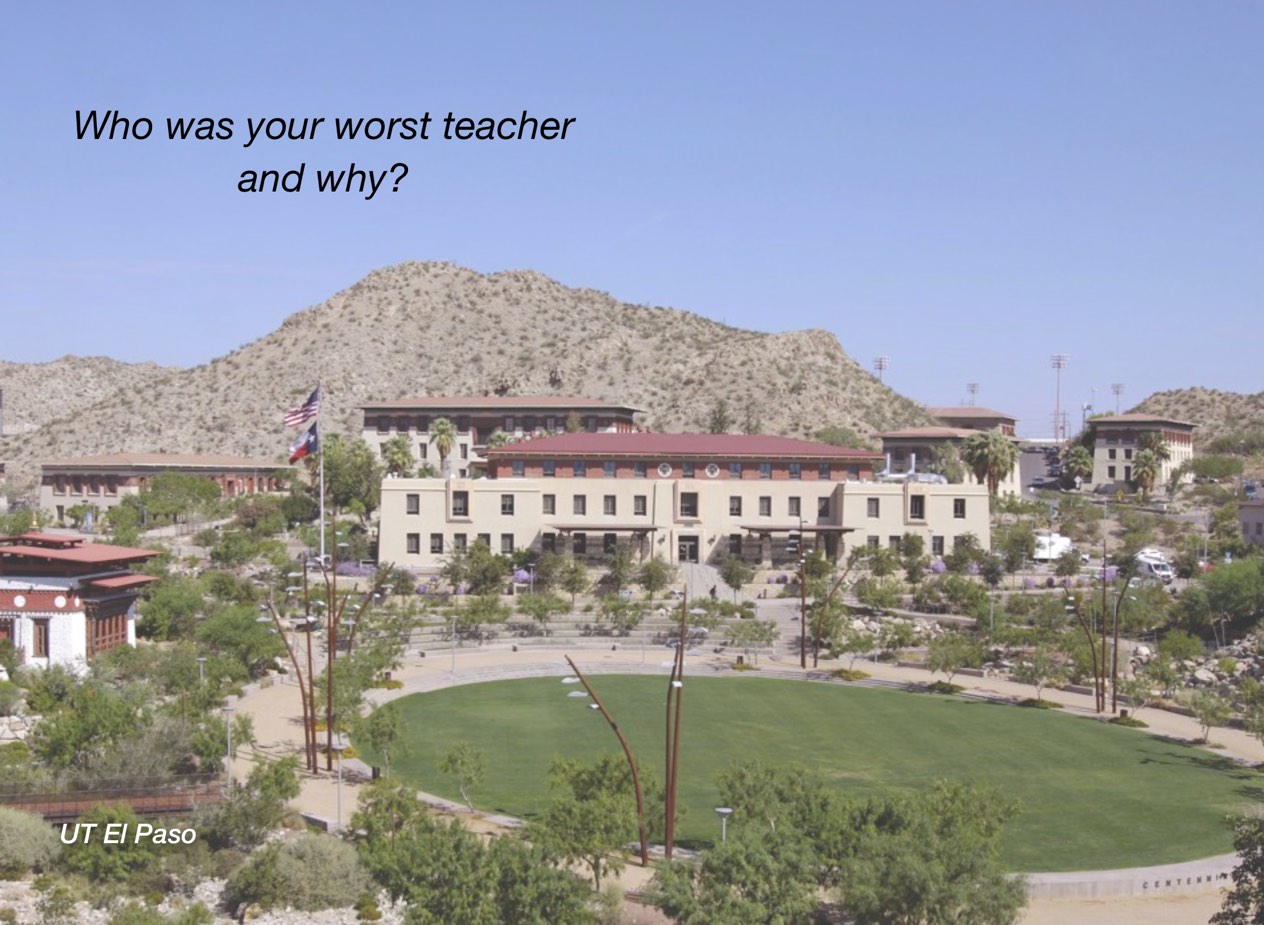34 Teach Your Students How to Master the Material Presented


Brent Iverson
We often assume our students know how to study or otherwise learn the material we are presenting, but this is often not the case for freshmen or even sophomores. Transitioning from high-school to college-level work means students must approach their studies in entirely new ways. Some students figure this out on their own, but many do not. In my case, few of the students entering my organic chemistry class have ever tackled the subject before. I have therefore spent a great deal of time developing approaches and techniques to aid student learning, and these are presented to students along with the course material. Although the following is specific to organic chemistry, I hope the detailed descriptions can inspire analogous approaches in other technical disciplines.
Content delivery in class has also been modified to aid in mastery and retention of the material. For example, I emphasize understanding and learning (as opposed to memorizing) complex reaction mechanisms using a unique process in which students are taught how to choose each individual step from a set of four specific mechanistic elements, enabling the accurate of multistep mechanisms. The approach is reinforced continually during lecture. I also show students how to identify “Key Recognition Elements” of molecules that provide guideposts for how to synthesize a given complex structure from simpler component molecules (the entire point of organic chemistry, by the way).My course website provides a detailed description of suggested approaches to studying as well as a summary of tips shared by former students who were successful in the class. I use my own end-of-semester survey to track trends in the way my students are preparing for exams and doing homework. My first lecture of the semester emphasizes and summarizes suggested best practices such as weekly outlining of lecture notes and creating ever-expanding lists of specific concepts or formulas. Similarly, I use the concept of a two-dimensional “road map” to help students identify in graphic form the important connections and relationships among the many dozens of different chemical reactions they learn during the semester.
My goal is to create a comprehensive academic experience for students in which they “learn how to learn my content.” It takes effort to equip them with the skills needed to master the large amount of technical course material I throw at them, but it is worth it. Former students have often told me that learning these approaches in my class paid dividends throughout their undergraduate years and beyond. For students, learning how to master large amounts of complex material greatly transcends the importance of the specific content of my class.


Chapter 34 Commentary: Michael Starbird
“When we think about teaching a course, it is natural to concentrate on how to convey the challenging concepts. Brent Iverson points out that one of the fundamental and life-changing contributions we can make to our students is to teach them how to learn. All of us would list lifelong learning as one of the principal goals of education. But teaching the skills of learning is often neglected in classes. Brent teaches organic chemistry, a notoriously challenging topic. For students to succeed in truly mastering that difficult subject, many students need to develop learning skills beyond those required for success in earlier classes. Human beings can learn how to learn greater amounts of material and more nuanced concepts; however, new learning skills may be required. All teachers would do well to embrace the idea that our teaching responsibilities should include teaching the skills involved with more advanced learning. Thinking about teaching learning skills would cause us teachers to become more specific and more nuanced in understanding what those study and mastery strategies are that lead to student success. Teachers who teach learning, as well as knowing, can truly transform students for a lifetime.”

